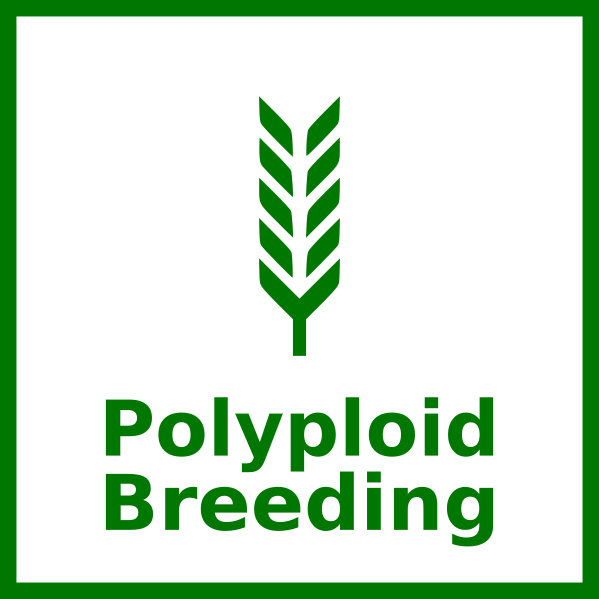Polyploidbreeding

PRIN 2022 (Settore LS2)
Start date: 28 September 2023
End date: 27 February 2026

Latest from the project
Poster presentation at the XIX Eucarpia Conference 'Biometrics in Plant Breeding'
We presented our first results on the completion of the phenotyping experiments at the XIX Eucarpia Conference on “Biometrics in Plant Breeding”, Edinburgh, 17-19 September 2025.
For the occasion, we were asked to prepare a poster for the Friday afternoon’s session, with title: “Computer-vision applications in barley and wheat breeding: drone and rhizotron phenotyping” (here’s the complete conference programme).
The completed phenotyping experiments include:
- the drone phenotyping experiment
- the traditional phenotyping experiment
- the rhizotron experiment
The poster in all its beauty
The poster session was hosted in the building of The Royal College of Physician, Edinburgh. You can find the poster’s abstract in the conference’s Book of Abstracts (poster n. 69, poster session 2).
Figure: part of the Polyploidbreeding Team proudly presenting their poster at the XIX Eucarpia Conference
